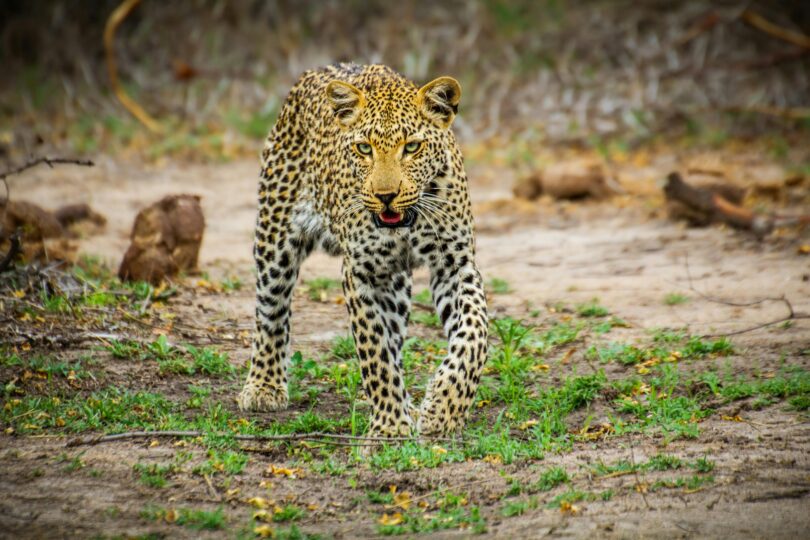Leopards are among the most fascinating and elusive animals in the wild, with abilities that make them stand out from other big cats. Known for their stealth and adaptability, these magnificent creatures have earned their place as one of nature’s top predators. Here are some lesser-known facts that highlight just how remarkable leopards truly are.
Leopards’ distinctive spotted coats are more than just for show. Their patterns blend perfectly with the environment, providing excellent camouflage in the wild. Whether they’re prowling through the dense forests or lounging in tall grass, leopards are stealthy hunters, relying on their quiet movement and sharp senses.
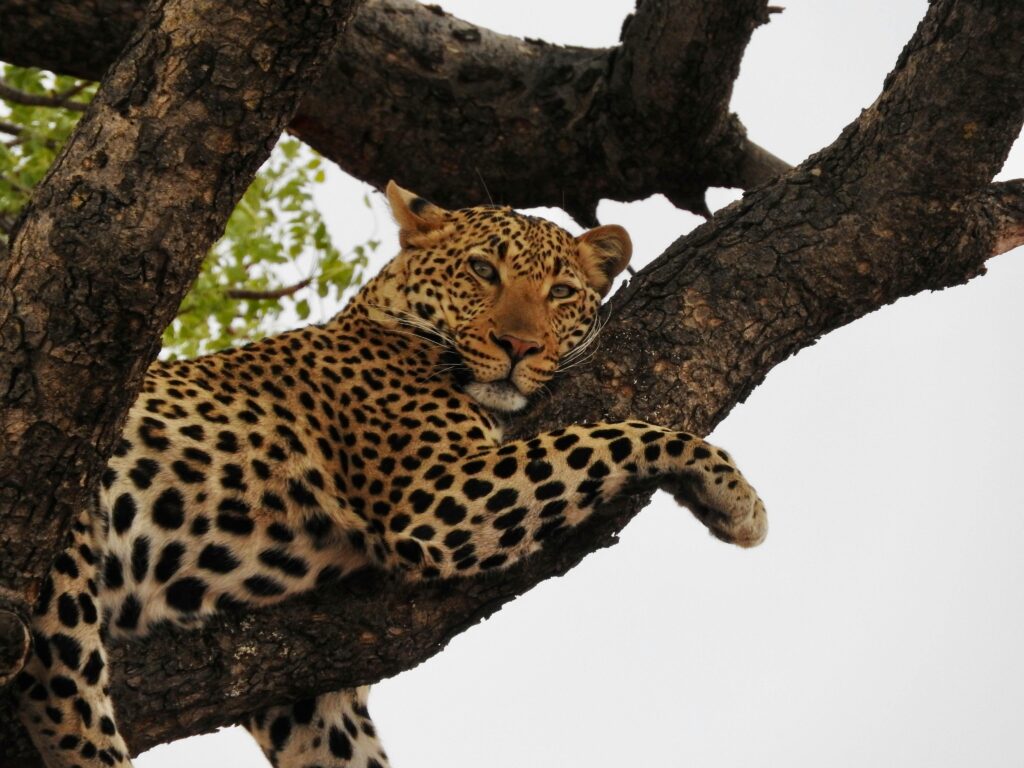
What’s truly unique about leopards, however, is their agility. Unlike other big cats that prefer staying on the ground, leopards are expert climbers. They can scale trees with ease, often carrying their prey high into the branches to keep it away from other predators. This ability to adapt to various environments, from grasslands to rugged hills, allows them to thrive in diverse habitats.
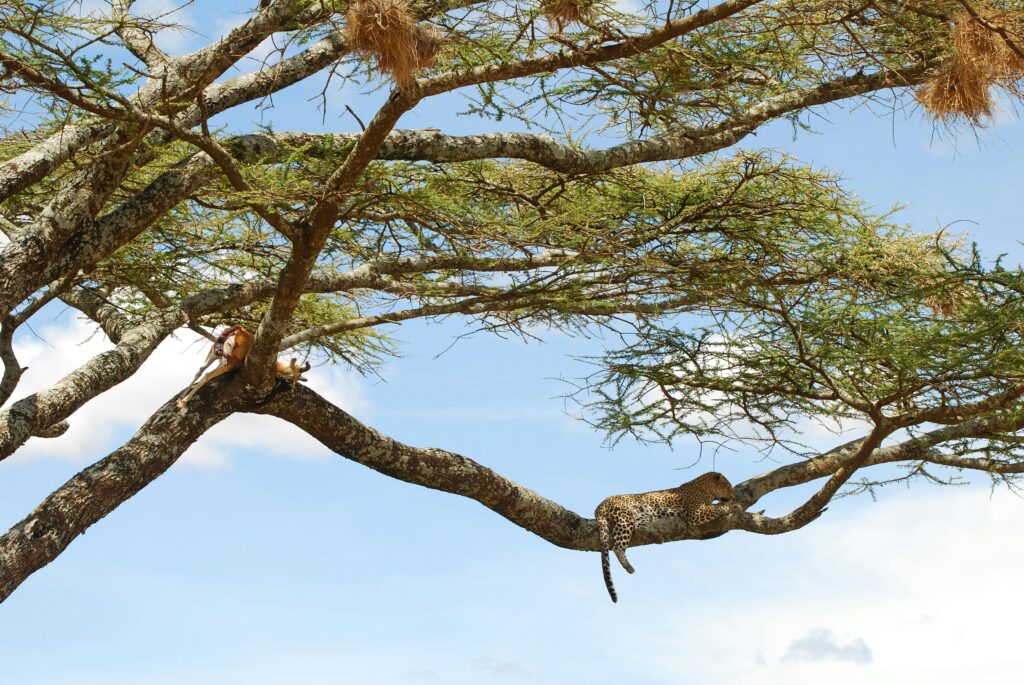
Beyond their physical prowess, leopards are also incredibly intelligent. They’re opportunistic hunters, capable of taking down a wide range of prey, from antelopes to birds, and sometimes even larger animals like deer. Their ability to hunt alone, unlike lions that form prides, makes them solitary creatures who value their independence.
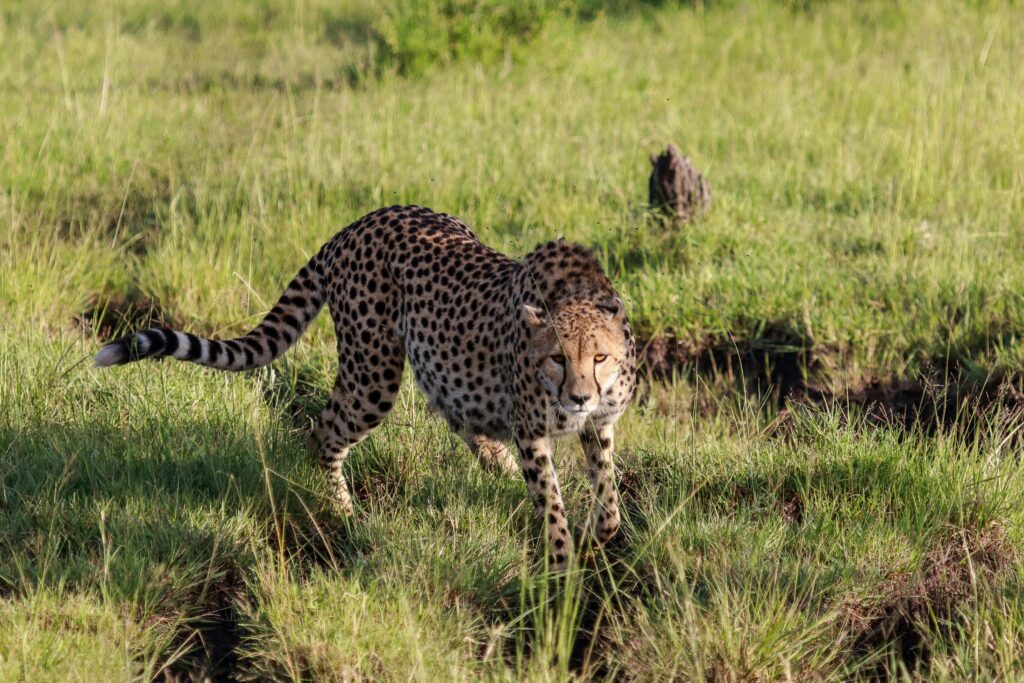
Another fascinating aspect of leopards is their nocturnal behavior. These big cats are known to be most active during the night, using their superior night vision to hunt when many of their competitors are resting. Their ability to see in low-light conditions gives them an edge over other predators.
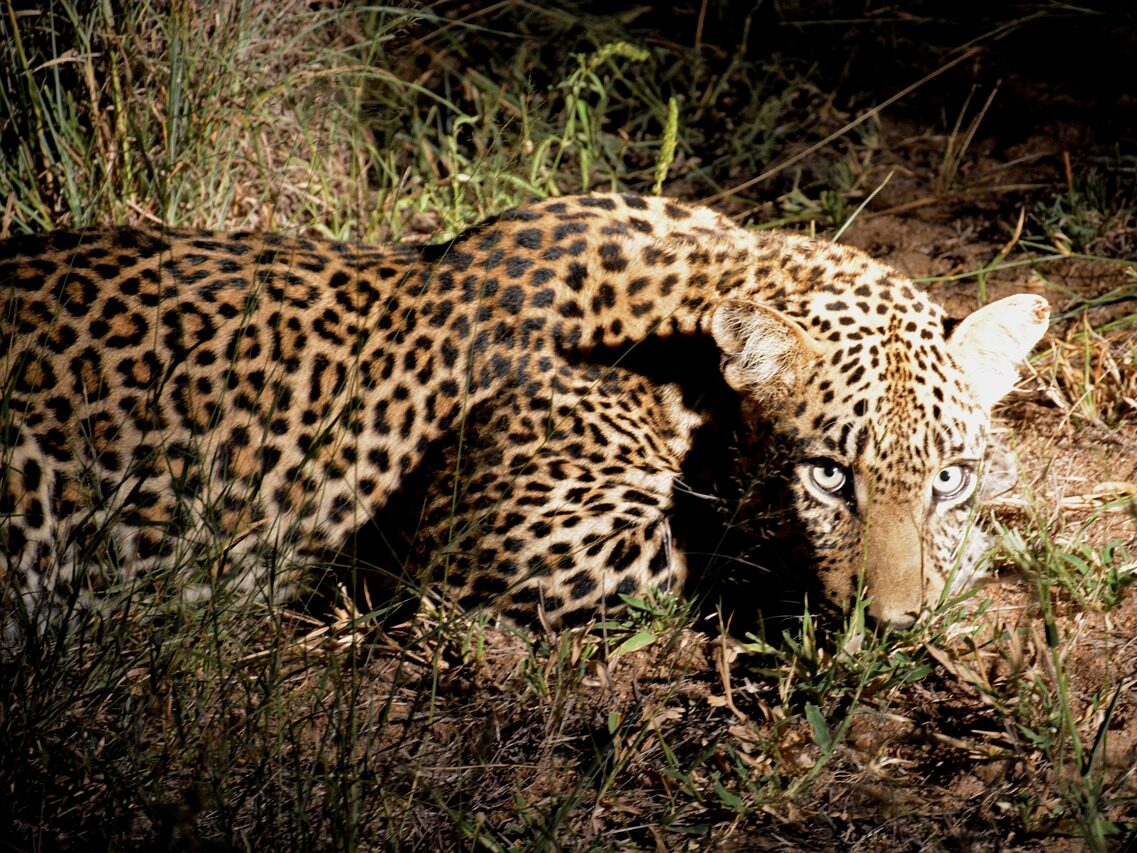
Despite their adaptability, leopards face increasing threats from habitat loss, poaching, and human-wildlife conflict. Conservation efforts are crucial to ensure these magnificent creatures remain a part of the wild landscape for generations to come.
Leopards are not just fierce predators, but key players in maintaining the balance of ecosystems. By keeping herbivore populations in check, they help preserve the health of their habitats. Understanding the role of leopards in nature is the first step in ensuring their survival for the future.



